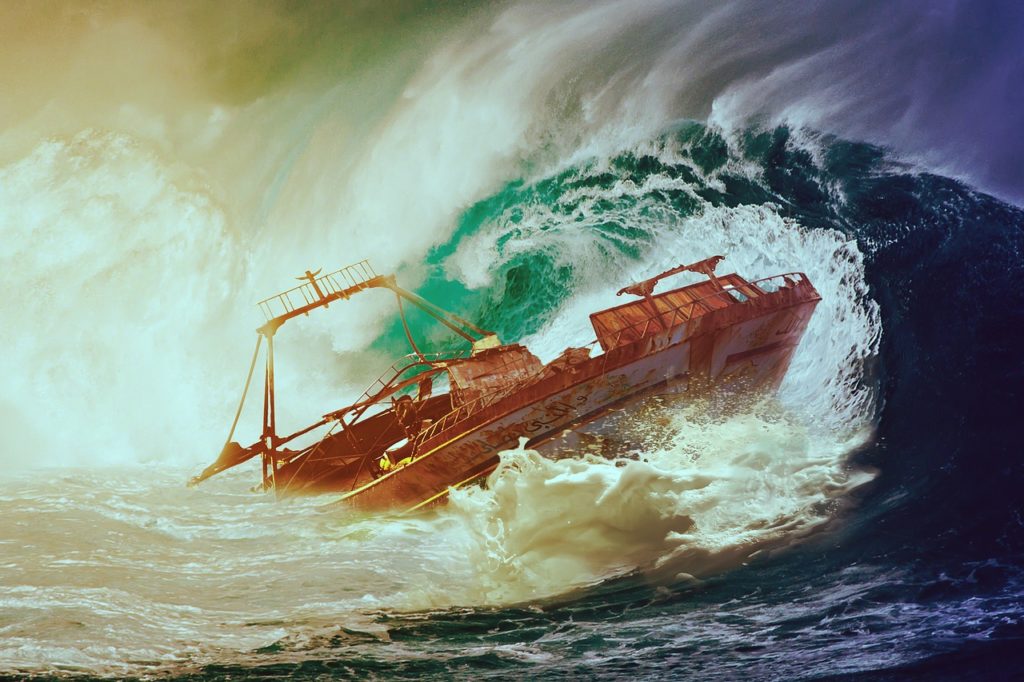If you are dealing with water damage in your home, you are likely wondering what steps you can take to reduce the impact it has on your life. Water damage can strike when you least expect it and cost you tons of money in the process. Floods and burst pipes are the top problems that cause you to experience water damage. Although water damage can create a range of problems, having a solid plan is a great way to overcome the issue and reduce the fallout. The steps you take right after water damage strikes determines the extent of the problem and how much it will cost down the road.
Turn off Your Home’s Power
Water that comes in contact with your electric outlets or appliances can cause a dangerous shock, and you must prevent that from happening. Water that contacts your appliances can also short them out and stop them from ever working the way they should, but this issue can even create a fire hazard. Go shut off your home’s main power source until you contain the water damage. To avoid additional problems, make sure you leave the power off until you are sure your home is dry.
Shut off Your Water Supply
If burst pipes are the reason you are facing water damage, you need to locate your home’s main water supply and shut it off so that the problem does not get worse than it already is.
Some people overlook this step if they don’t think any more water is leaking from damaged pipes, but you could have other pipes that are damaged and not know about it. Check your entire plumbing system before you turn the water back on, and you won’t have to worry about unpleasant surprises.
Document the Damage
Once your water and power are off, you might feel tempted to start cleaning your home right away. But you don’t want to do that because it could prevent you from collecting your insurance settlement. You can avoid that issue by taking pictures of all the water damage in your home. Use a high-quality camera to take pictures of each room and any valuable possessions that have water damage. Once you complete that step, you can get a pen and create a list of everything you lost and how much it was worth.
Protect Your Valuables
Many water damage victims panic and don’t know what part of their home they should clean first. If you would like to reduce your future expenses as much as possible, begin by getting your most valuable items out of the flooded areas.
For example, get all televisions, computers and other devices to a safe location before you do anything else. In addition to protecting your electronic devices, it’s also critical you preserve important documents, such as deeds and social security cards.
Start Cleaning and Drying Your Home
Once your most valuable items are out of harm’s way, turn your attention to the rest of your home. Working in one room at a time, move all furniture and belongings to a dry area so that you have space to work.
Use towels and mops to remove as much of the water as you can. If you are sure it’s safe to use your home’s power, use heaters and dehumidifiers to help get rid of the remaining water. Use appropriate cleaning supplies to clean debris and to prevent mold growth.
Check for Mold
Once you have followed each of these steps, you might think you have finished your work. You still have a few things to do. If you missed any water or moisture while cleaning, mold could begin growing in the following days and weeks. You must deal with mold right away because it can cause health problems if you don’t address it. If you take a little time, you should have no trouble finding products that kill mold online or at the store.



